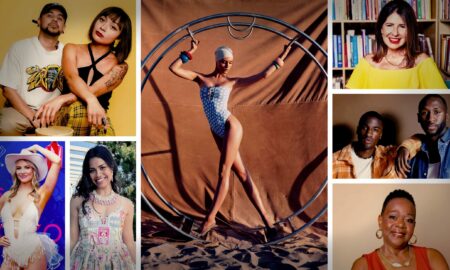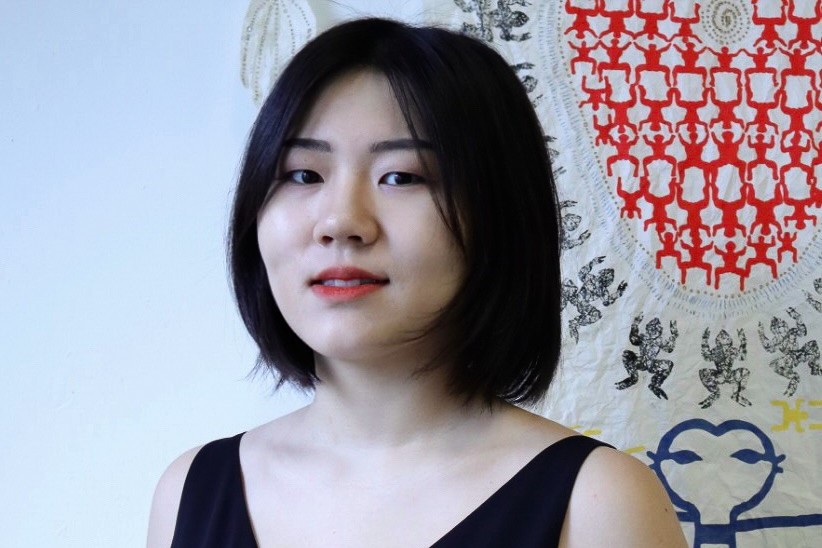

Today we’d like to introduce you to Shuai Yang.
Hi Shuai, so excited to have you on the platform. So before we get into questions about your work-life, maybe you can bring our readers up to speed on your story and how you got to where you are today?
My interest in making drawings began in middle school when I had many emotional needs as a teenage girl. Gradually I have determined to pursue fine art as a major in college. That is when I began to attend professional training in drawing and painting. Although my family disagreed with my decision to study fine art, I still entered an art college to study printmaking-a medium that plays with matrix, repetitions, layers, physical and chemical processes, etc. I worked harder than average students in my college and was lucky enough to work with many supportive cohorts and professors. I had opportunities o make posters for a public event, show my artwork in group exhibitions in the city and at school, assist artists, collaborate on a program that develops international education, curate shows, and create my own artistic voice.
After college, I was, surprisingly, accepted by the MFA visual art program at Columbia University. The New York life and community inspired me to explore mediums like sculptures, videos, and performances. I could experiment and expand my ideas and research with new techniques and knowledge.
The community at Columbia plays an essential role for me. I have an introverted personality and often feel awkward among people. My family knows that when I was little, I would hide from any stranger. I have struggled with it for years. Although forcing myself to be better at socializing was never comfortable, I am glad that I have been trying. The school cohorts are made of ambitious and vigorous people who are passionate artists, good friends, and colleagues. Surrounded by these people, and with the development of my work, I became a more confident and outgoing person. This is what I am most happy about.
Can you talk to us a bit about the challenges and lessons you’ve learned along the way. Looking back would you say it’s been easy or smooth in retrospect?
There is no path without rocks, but I am probably one of the lucky people. The primary difficulties I had to deal with were the second language, living outside of my home country, to face constant anxiety about the artwork and art career from myself and the outside. I play a traditional Chinese instrument Pipa. If you ask any Chinese person what Pipa music they know, the answer would be Ambush from Ten Sides. It is a very satisfying score to play. This composition depicts the Gaixia battle, which ends with the victor’s triumph. Another composition, The King Doffs His Armor, tells the same story but focuses on Xiang Yu and his defeat. The first section of the two scores, having similar musical structures, immediately takes the audience to opposite emotional fields. I used to avoid listening to The King Doffs His Armor because of its despairing tone. It was not until this spring that I could stand with the mood.
With this experience in mind and a recent retrospective exhibition of an essential female artist, I had a new understanding. In many ways, to be an artist is to deal with failures and the fear of failing. Every time an artist makes a painting, she sees problems. In the next painting, she tries to solve the issues from that old work and finds new problems.
Alright, so let’s switch gears a bit and talk business. What should we know about your work?
I am an artist, curator, and art educator. I make paintings, prints, collages, sculptures, and installations to investigate the subjects of the body, spirituality, and absence. My practice embeds concepts of transformation, liminality, repetition, and multiplicity; uses materials that evoke visceral feelings, including paper, fabrics, and mirrors; and employs cutting, burning, incising, stitching, (un)folding, and layering in the physical procedures. An image pattern I have recently returned to is a matrix I created in college.
At that time, I have been exploring contemporary issues following the One-Child rules. This historical event could be explored in many aspects, including population control, economic growth, familial structure, generational social structure, abortion, adoption, mortality, and personhood. The matrix I made appears to be babies or women holding hands. Every single figure has its vertically and horizontally mirrored imagery, contexture a net that is a metaphor for social structure.
In both of my paintings and installations, the negative space of the matrix is equally crucial to the positive area. By filling the negative shapes in an image or laying the cut-outs underneath the paper installation, I question what it means to create this pattern and what is lost in a controlled structure.
My most recent painting, “The Transformed,” depicts a transformational process. The silhouette of my body grows out of the soil and tries to reach another territory. The lower legs close to the ground remain plain, while the other part of the body is covered with the hand-holding pattern. An audience would probably first realize the red abstract shapes, which look like wounds. They evoke a feeling of viscera and pain. The matrix continues to the edge of the painting, questioning the relationship between an individual body and the social structure.
Alongside my painting and printmaking practice, I have been developing an installation inspired by the Wayang Kulit, a shadow puppetry tradition of Indonesia. This installation also references Buddhism’s “blood pool” culture. This project is planned to incorporate shadow play, sculptures, and sound, consequently creating a poetic space that arouses violence and pain on a moderate level in some parts. It is a work to question how history has punished female bodies in story-making.
So, before we go, how can our readers or others connect or collaborate with you? How can they support you?
When two or more artists meet, we can inspire each other and design more ambitious and exciting projects that combine our knowledge. I look forward to creating installations with video, sound, performance, and new technologies. In the past year, I have won two artist travel grants that can take me to realize projects and conduct research in Germany and Indonesia. As an installation artist, I welcome opportunities for exhibitions, projects, residencies, and grants. My goal for this year is to have a solo show, publications and get more curatorial opportunities.
Contact Info:
- Website: shuaiyangstudio.com
- Instagram: shuai.yang.studio
- Linkedin: https://www.linkedin.com/in/shuai-yang-b1875b275/
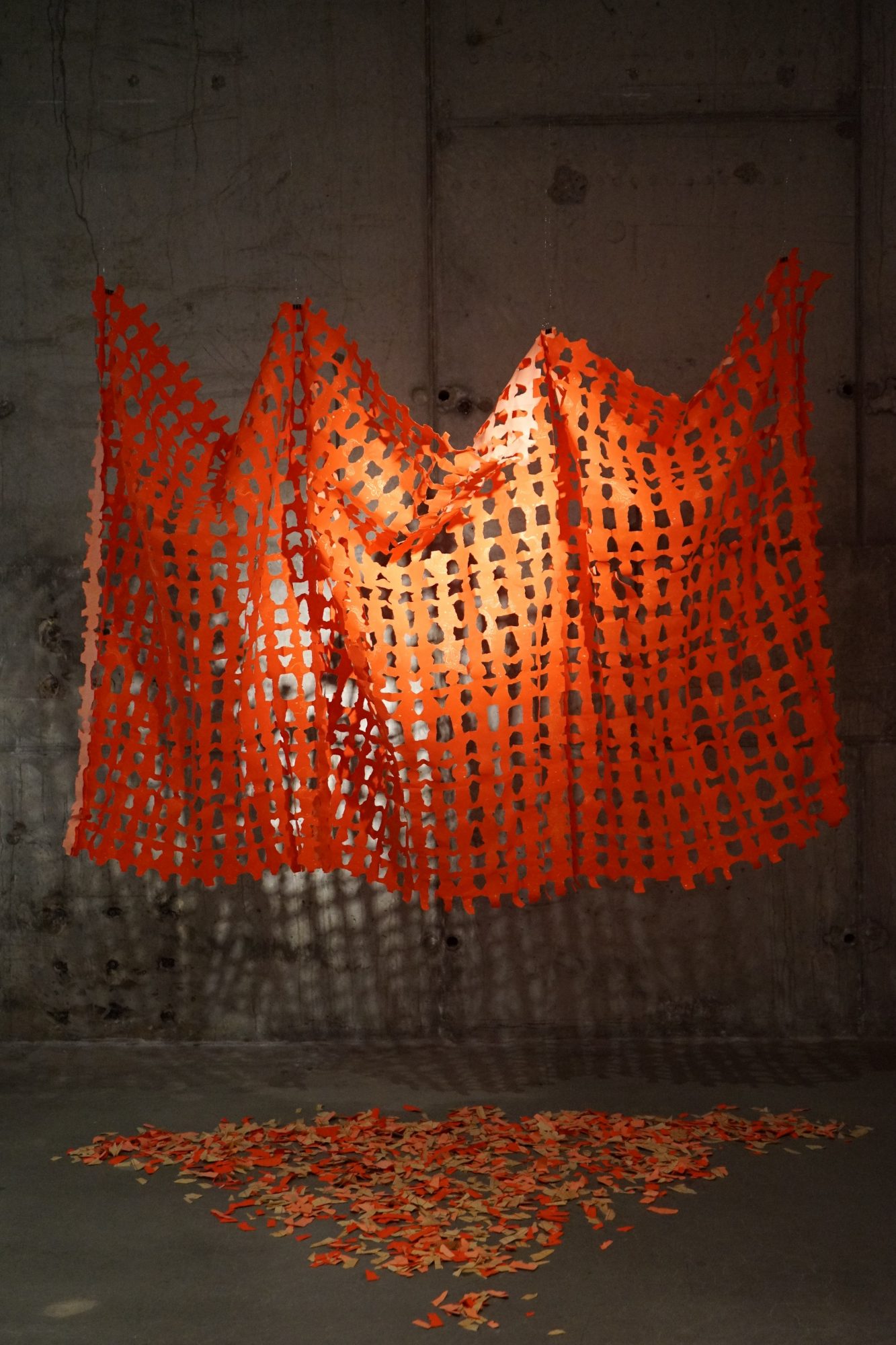
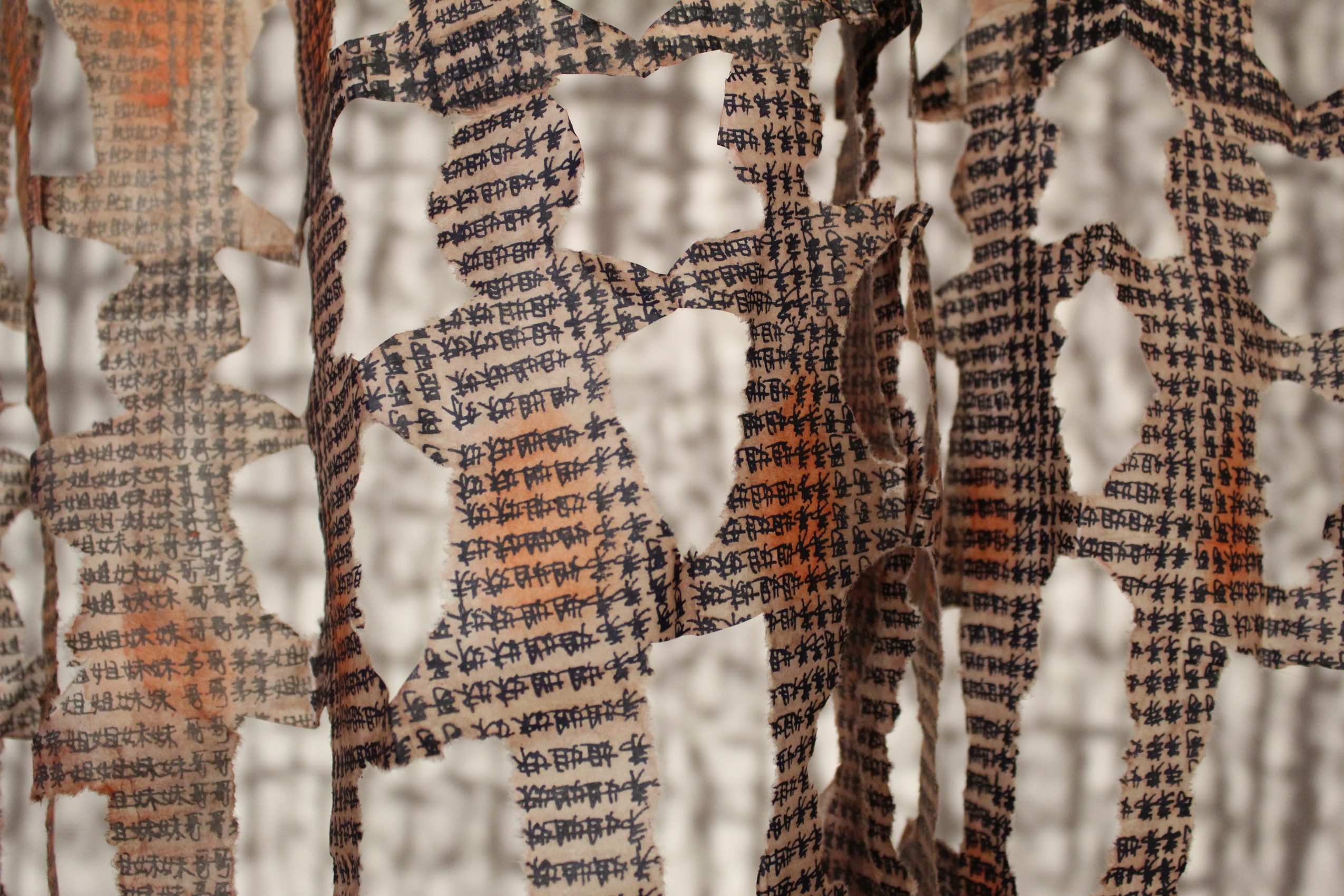
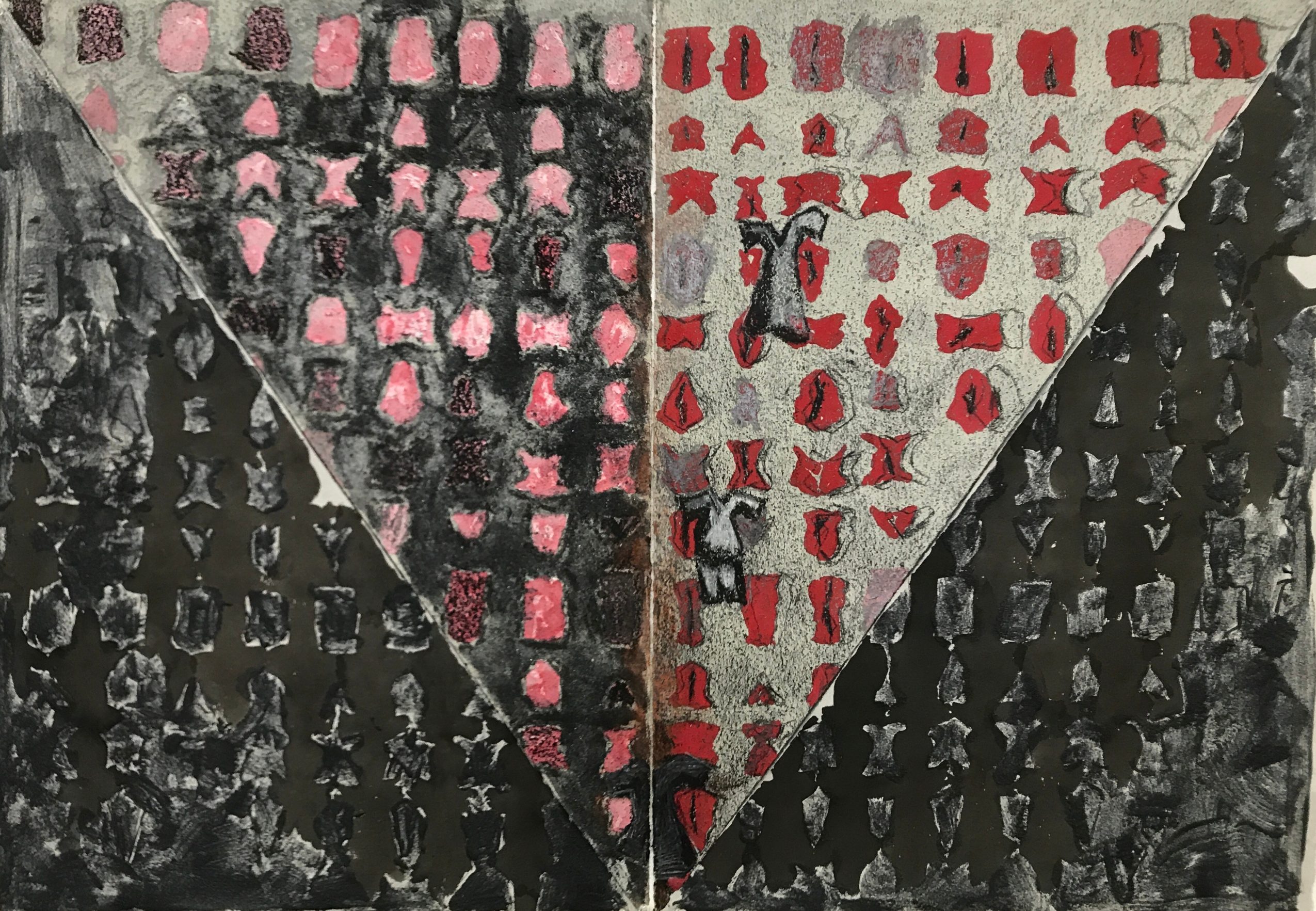
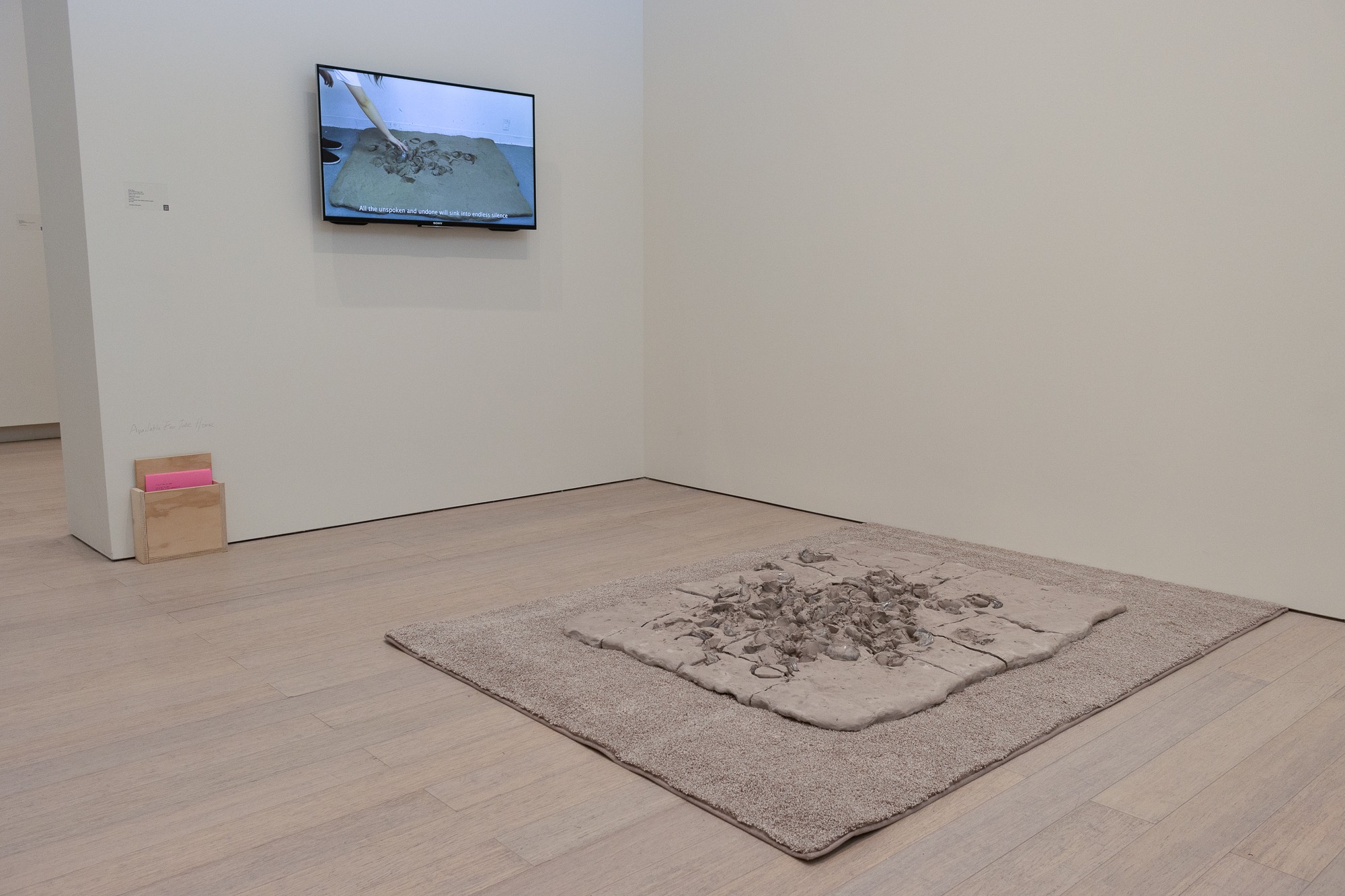
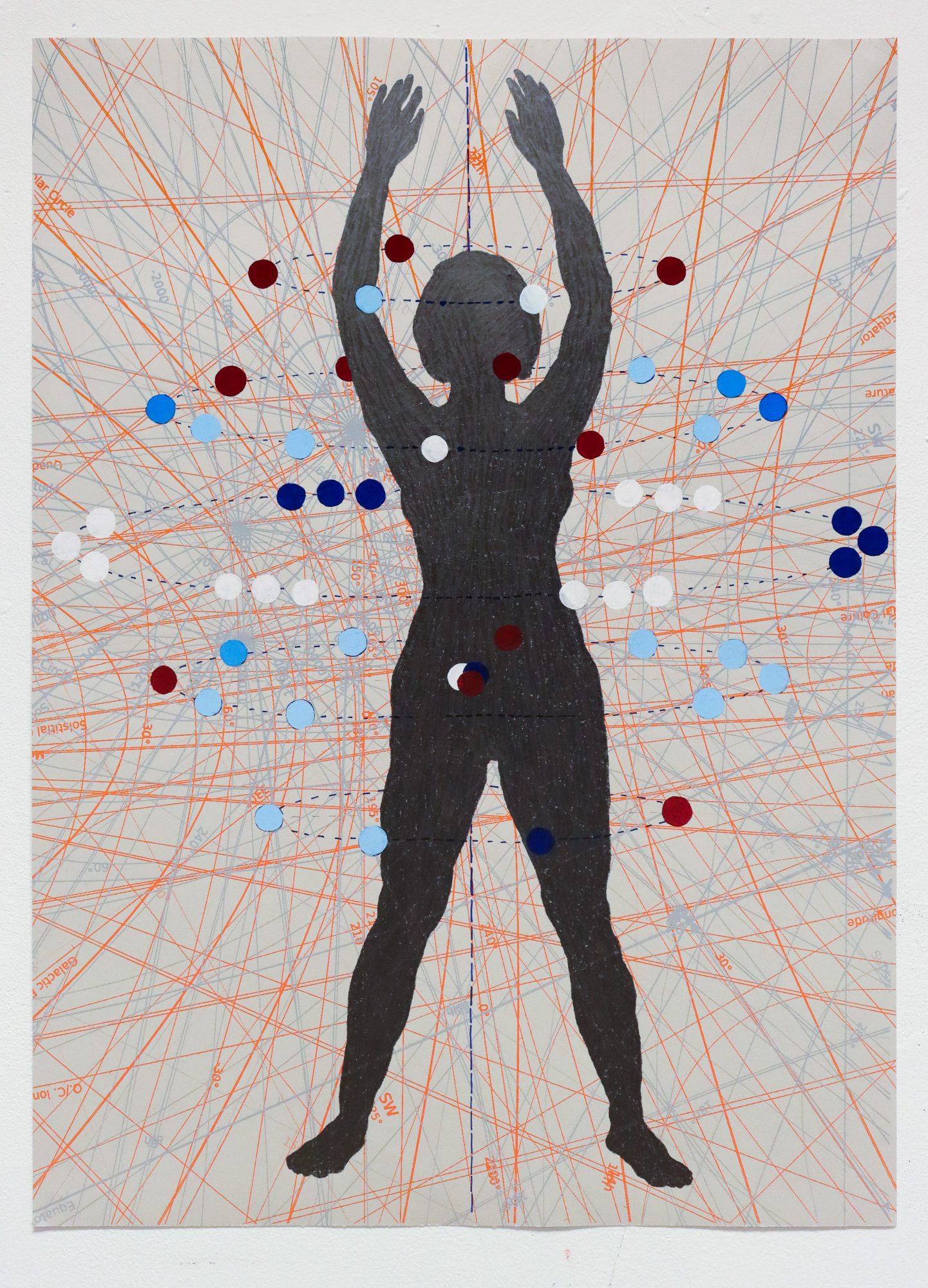
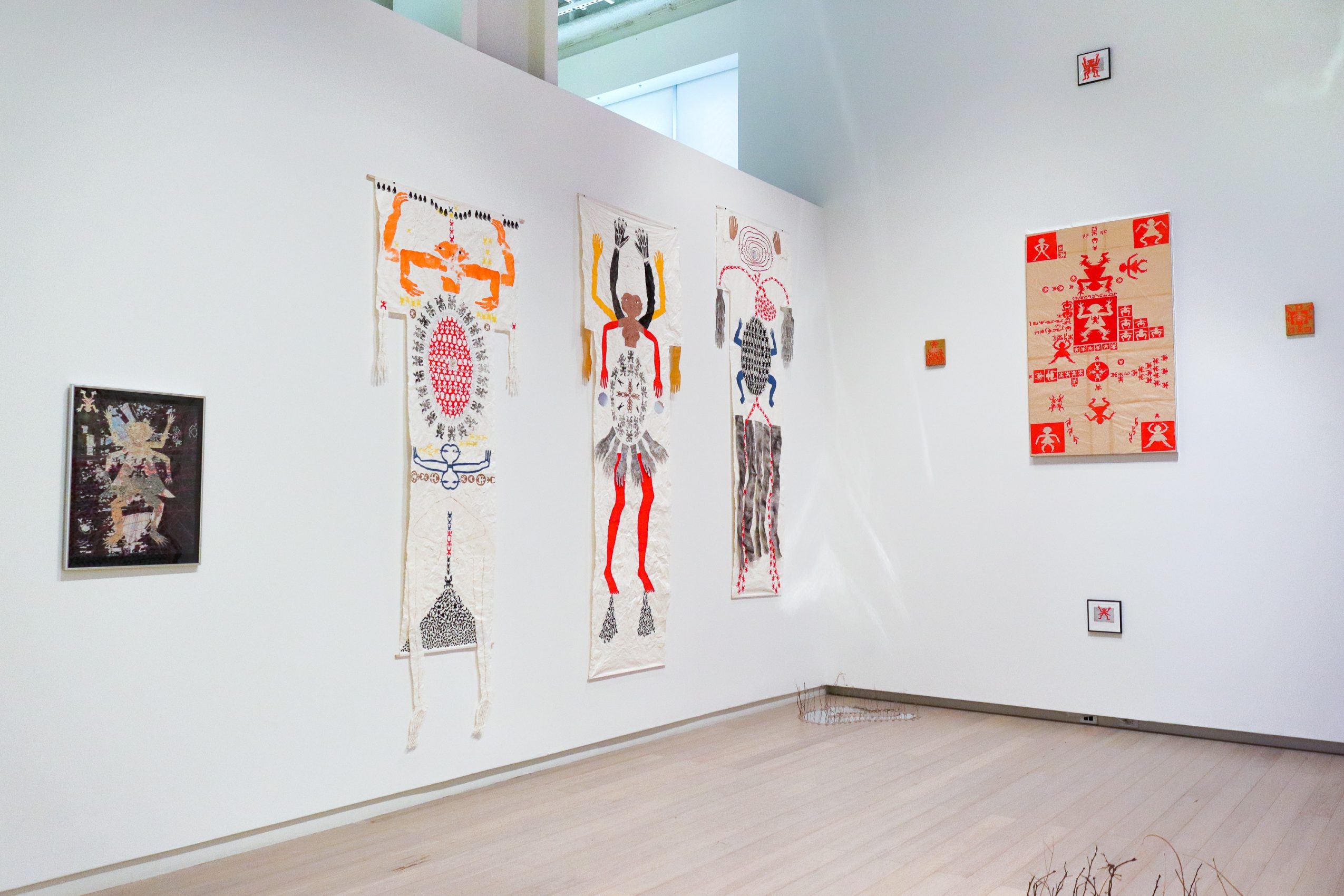
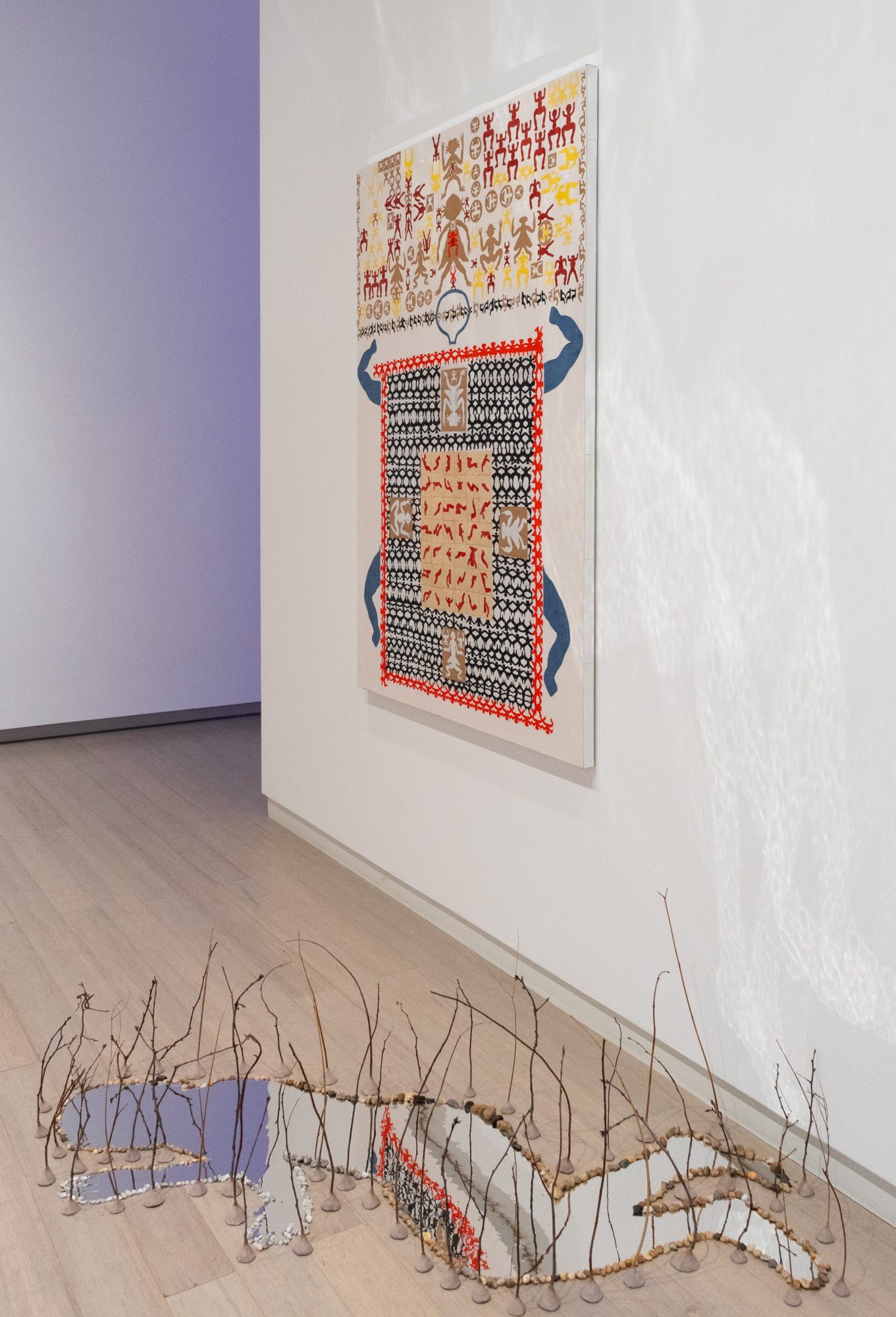
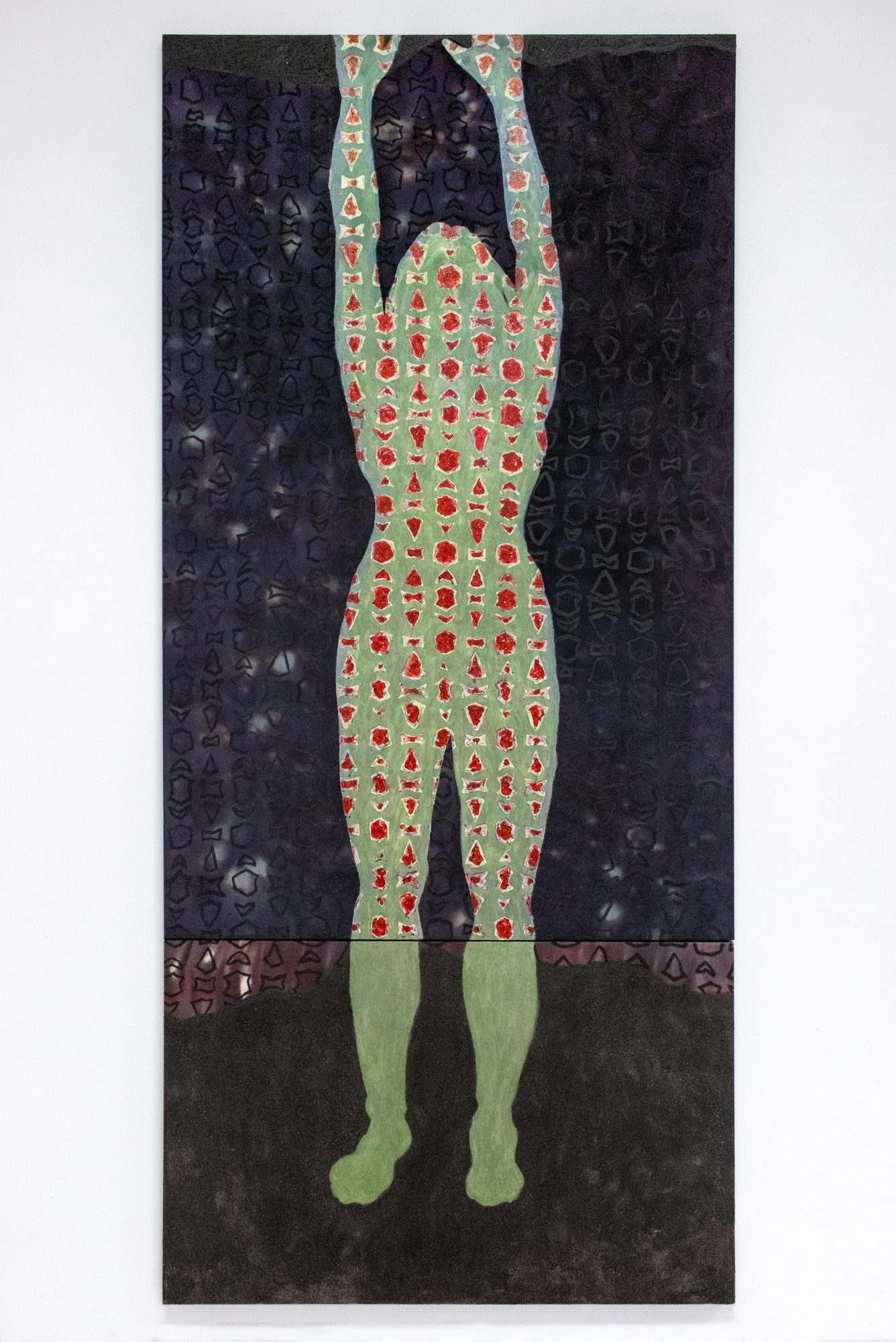 Image Credits
Image Credits
Shuai Yang

